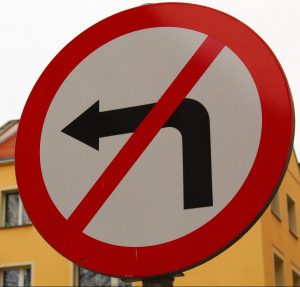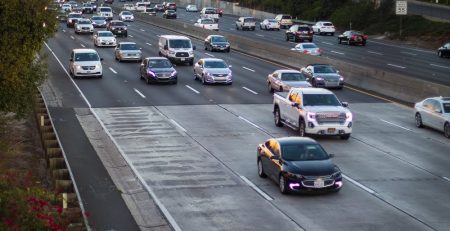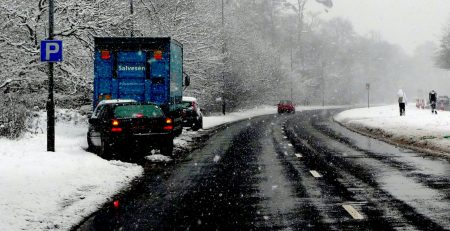How Fault Works in Left Turn Accidents
When drivers make left turns, they are usually expected to yield in full to oncoming traffic; for this reason, many assume that in an accident, someone who was making a left turn at the time is at fault. While this is often true, drivers making left turns are not inherently at fault; liability is rarely such a cut-and-dry affair.
Left-Hand Turns and Right of Way
 Under A.R.S. 28-772, all Arizona motorists are expected to yield in full when making a left turn. This means that you nearly never have the right of way while turning left, save for when a green, left-turn arrow is present. Oncoming vehicles have the right of way, as do pedestrians, which ultimately demands constant vigilance and caution from any vehicle making a left-hand turn.
Under A.R.S. 28-772, all Arizona motorists are expected to yield in full when making a left turn. This means that you nearly never have the right of way while turning left, save for when a green, left-turn arrow is present. Oncoming vehicles have the right of way, as do pedestrians, which ultimately demands constant vigilance and caution from any vehicle making a left-hand turn.
In general, violating your right of way is strong grounds for being at fault—other, law-abiding drivers cannot reasonably expect a vehicle to randomly run a red light for example, nor can they expect an illegal left turn. Although other motorists should do their best to avoid vehicles making illegal maneuvres, there oftentimes simply isn’t enough time or space to do so, resulting in an accident.
Understanding Liability and Comparative Fault
Liability is a complex matter; it’s very rare for a single driver to be exclusively at fault for a single reason. As such, in many left-hand turn cases, there’s some amount of shared liability between all involved parties, which can be distributed in widely varying amounts. For example, if one driver was making an illegal left turn, but the other was speeding recklessly while going straight, both would inevitably be responsible for the resulting accident—the left-turning driver, for being in someone else’s path of travel unnecessarily, and the speeder, for exacerbating the damages of all involved parties and compromising their own ability to react in time. Whatever the case, a percentage of fault will be dolled out proportionally to all involved parties; those making left-hand turns, therefore, while undoubtedly at some level of fault, might not be primarily to blame.
Once the fault of all involved parties has been determined, Arizona’s comparative fault laws will come into play. Settlements can be broken down into categories of accident-related damages, which come together to form a total sum; fault, however, will reduce how much you actually receive. To harken back to our previous example, let’s assume that the left-turning driver was deemed to be 50% at fault for the accident at large. They’d only be able to recover for 50% of most of their damages then—however, the recklessly speeding driver, while similarly responsible for the collision, is especially liable for the extent of injuries sustained; they might be, say, 50% at fault for the accident, yet 75% at fault for any medical bills they have. In this case, they could only recover 25% of the medical costs they have.
Talk To an Arizona Accident Attorney
If you’ve been in an accident while you or other drivers were turning left, it’s highly advisable to seek the assistance of an Arizona auto accident attorney. A legal professional can guide you through the claims process and help shift fault in your favor, securing your compensation in the process. Don’t delay—schedule your free consultation today by contacting ELG at (623) 877-3600.




